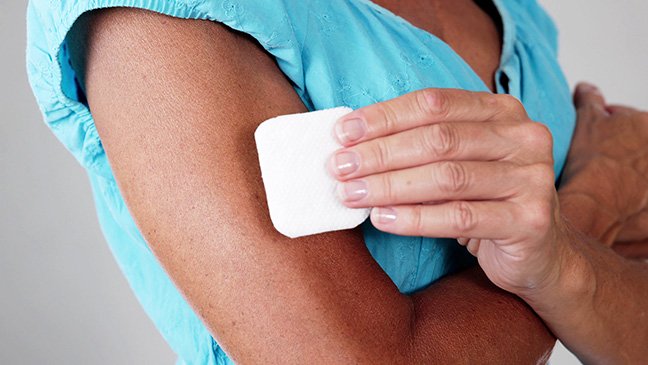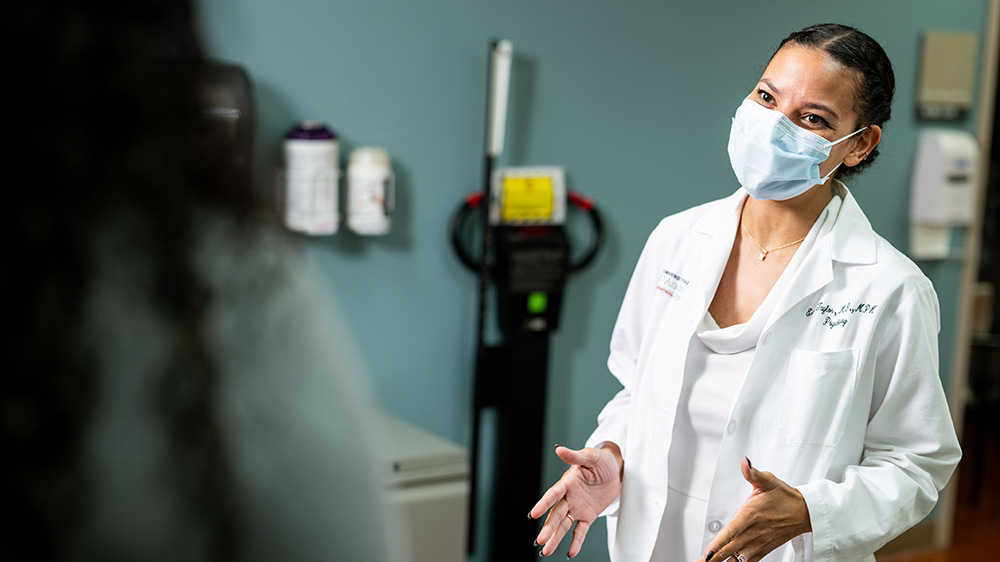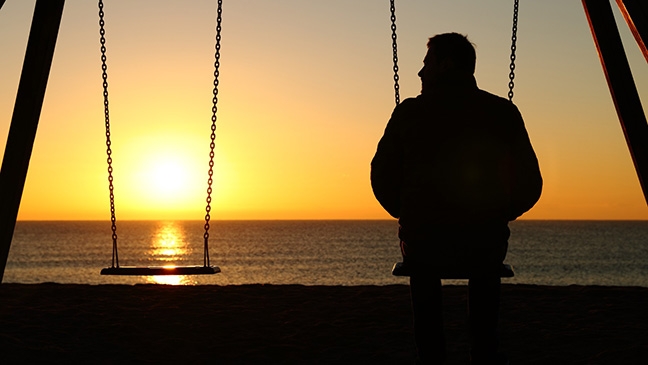- Diseases
- Acoustic Neuroma (16)
- Adrenal Gland Tumor (24)
- Anal Cancer (70)
- Anemia (2)
- Appendix Cancer (18)
- Bile Duct Cancer (26)
- Bladder Cancer (74)
- Brain Metastases (28)
- Brain Tumor (234)
- Breast Cancer (726)
- Breast Implant-Associated Anaplastic Large Cell Lymphoma (2)
- Cancer of Unknown Primary (4)
- Carcinoid Tumor (8)
- Cervical Cancer (164)
- Colon Cancer (168)
- Colorectal Cancer (118)
- Endocrine Tumor (4)
- Esophageal Cancer (44)
- Eye Cancer (36)
- Fallopian Tube Cancer (8)
- Germ Cell Tumor (4)
- Gestational Trophoblastic Disease (2)
- Head and Neck Cancer (14)
- Kidney Cancer (130)
- Leukemia (342)
- Liver Cancer (50)
- Lung Cancer (286)
- Lymphoma (278)
- Mesothelioma (14)
- Metastasis (30)
- Multiple Myeloma (100)
- Myelodysplastic Syndrome (60)
- Myeloproliferative Neoplasm (6)
- Neuroendocrine Tumors (16)
- Oral Cancer (102)
- Ovarian Cancer (178)
- Pancreatic Cancer (160)
- Parathyroid Disease (2)
- Penile Cancer (14)
- Pituitary Tumor (6)
- Prostate Cancer (150)
- Rectal Cancer (58)
- Renal Medullary Carcinoma (6)
- Salivary Gland Cancer (14)
- Sarcoma (238)
- Skin Cancer (300)
- Skull Base Tumors (56)
- Spinal Tumor (12)
- Stomach Cancer (66)
- Testicular Cancer (28)
- Throat Cancer (92)
- Thymoma (6)
- Thyroid Cancer (100)
- Tonsil Cancer (30)
- Uterine Cancer (86)
- Vaginal Cancer (18)
- Vulvar Cancer (22)
- Cancer Topic
- Adolescent and Young Adult Cancer Issues (22)
- Advance Care Planning (12)
- Biostatistics (2)
- Blood Donation (18)
- Bone Health (8)
- COVID-19 (360)
- Cancer Recurrence (120)
- Childhood Cancer Issues (120)
- Clinical Trials (628)
- Complementary Integrative Medicine (22)
- Cytogenetics (2)
- DNA Methylation (4)
- Diagnosis (238)
- Epigenetics (6)
- Fertility (62)
- Follow-up Guidelines (2)
- Health Disparities (14)
- Hereditary Cancer Syndromes (128)
- Immunology (18)
- Li-Fraumeni Syndrome (8)
- Mental Health (122)
- Molecular Diagnostics (8)
- Pain Management (62)
- Palliative Care (8)
- Pathology (10)
- Physical Therapy (18)
- Pregnancy (18)
- Prevention (936)
- Research (390)
- Second Opinion (78)
- Sexuality (16)
- Side Effects (616)
- Sleep Disorders (10)
- Stem Cell Transplantation Cellular Therapy (216)
- Support (408)
- Survivorship (328)
- Symptoms (182)
- Treatment (1788)
10 tricks to manage your Halloween candy consumption
4 minute read | Published October 26, 2021
Medically Reviewed | Last reviewed by an MD Anderson Cancer Center medical professional on October 26, 2021
For some people, especially parents, the scariest thing about Halloween is the enormous piles of candy that start popping up everywhere.
It’s not just the night itself when kids fill their buckets with treats from the neighbors. Offices and stores often have baskets of sweets that tempt for weeks afterward as well.
If you’re trying to watch your sugar intake, Halloween can be the nightmare before the holiday season begins.
We talked to our wellness experts to get their tips on surviving the candy pile up while still having fun. They shared 10 tricks to help you get to the other side relatively unscathed.
1. Plan to eat healthy the rest of the day.
Having a sweet evening can be easier on your body if you’ve had a healthful day. If you know you have candy in your future, make your earlier meals well-balanced by eating plenty of whole grains, vegetables and fruits.
“If Halloween candy is something you really enjoy, plan your day with that in mind,” says Kathleen Johnston, a health education specialist. “So maybe have a smaller lunch, or if there is a cake in the break room, skip that in favor of a few extra pieces of candy in the evening.”
And get some exercise, too. A whole day of candy can be a lot to recover from, especially for kids.
2. Make sure Halloween feels like a special one-off.
Talk to your kids, and yourself, about Halloween candy as a one-time thing. Avoid the view that this is the start of treat season with Thanksgiving and winter celebrations coming up. One-offs make sweets more of a treat to be savored and enjoyed – and help you avoid layering on the guilt.
3. Know the sugar content of common candies.
A little bit of sugar in each sweet can add up quickly. Even some small or fun size candies can contain a third of your sugar allowance for the day. Women and children ages 2-18 should have no more than 25 grams or six teaspoons of sugar per day. Men should have no more than 37 grams or nine teaspoons.
4. Talk to kids about sugar versus foods that provide what your body needs.
Use Halloween as an opportunity to talk about how your body uses food, and what your body needs. The calories in candy are empty calories. This means they do not contain any of the protein, healthy carbohydrates and fats, or other nutrients that your body needs. It’s a lot of extra work for your body to digest candy, and the only reward is taste.
5. Ration candy.
Pick out a few favorite candies, and save the rest in a special spot where you won’t be tempted to snack on them constantly. You can even create sweet tickets to be spent throughout the day. When the tickets are gone, no more candy. Opening hours can help with this, too. Allow yourself or your kids to hit the candy stash only at certain times. At other times, the candy store is closed.
6. Give the candy an expiration date.
Make a date for the candy to expire. Maybe it’s after three days or one week, but after that date the candy gets pitched.
“What we don’t want is you finding yourself three weeks later still eating candy every day,” says wellness dietitian Lindsey Wohlford.
7. Consider doing a buyback program.
If it feels like a waste to throw candy away, try a buyback program. Some local dentists, for instance, will buy leftover Halloween candy to help kids avoid eating too much sugar.
8. Include non-candy treats in what you hand out.
Add small erasers, character figures, pots of fun size slime and playdough, or any other small toy to your Halloween giveaway selection. This cuts down on the amount of candy, and stickers and trinkets give kids something to play with or trade.
9. Allow only one candy from each house.
Only allow kids to take one piece per house rather than a handful to minimize the loot. It might seem tough, but kids are often used to grabbing only one item from toy giveaways at parties and other places.
10. Use Halloween candy as a reward for healthy behaviors.
Allow your kids – or yourself – to have a couple of pieces of candy after a bike ride or walk. Or give choices – for instance, you can have candy or you can have screen time. Sometimes candy won’t be the favorite choice.
Request an appointment at MD Anderson online or by calling 1-844-864-6867.

Make sure Halloween feels like a special one-off
Kathleen Johnston
Health Education Specialist






